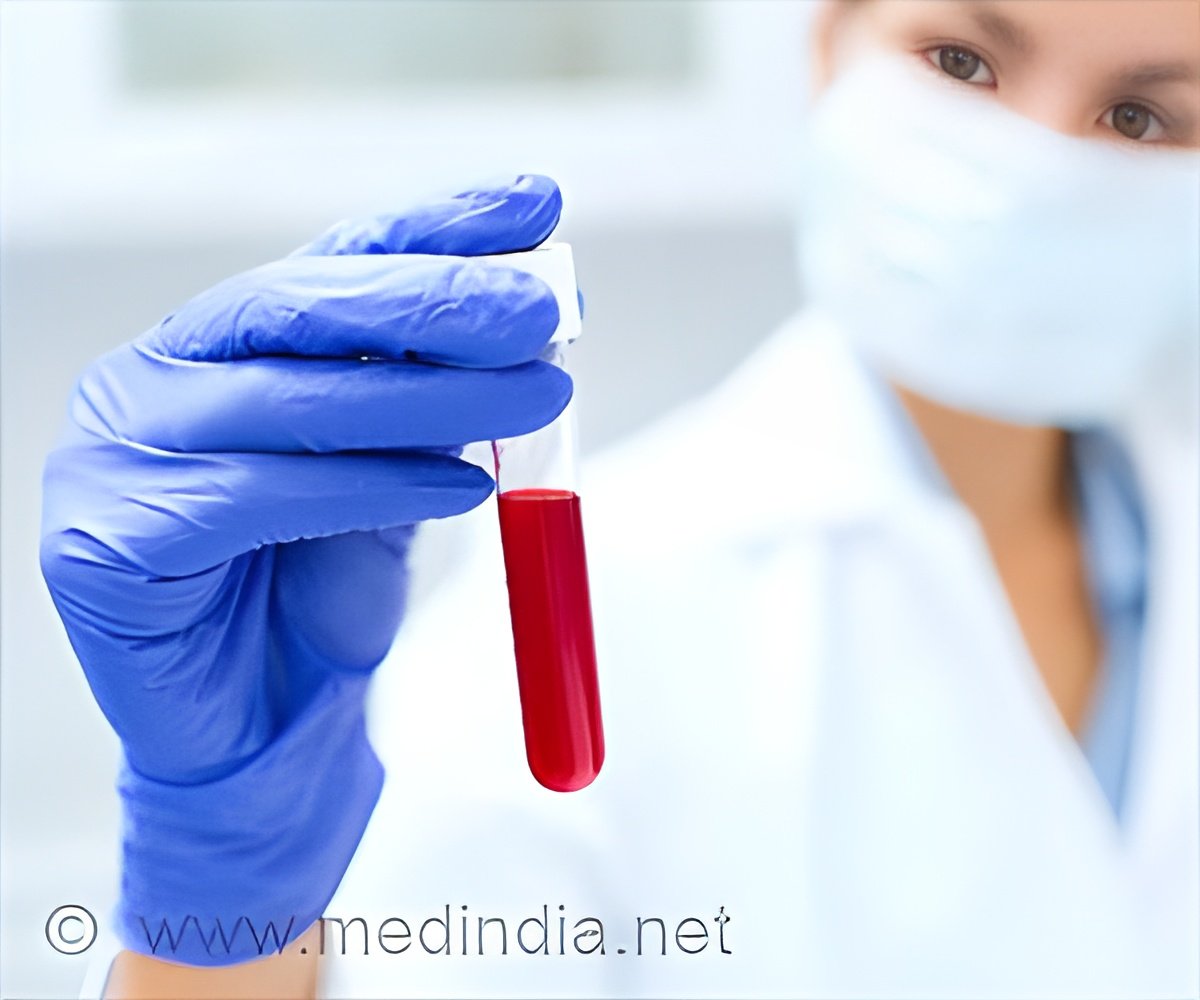
‘Single mutation analysis of the malarial parasite using a drop of blood could assess genetic data that helps prevent malaria spread and emergence of antimalarial resistance.’
Read More..Tweet it Now
"Monitoring of antimalarial resistance is important to prevent its further spread, but the available options for assessing resistance are less than ideal for field settings. Although molecular detection is perhaps the most efficient method, it is also the most complex because it requires DNA extraction and PCR instrumentation," noted co-lead investigator Mindy Leelawong, PhD, Research Assistant Professor of Biomedical Engineering, Vanderbilt University, Nashville, TN, USA. "Our strategy eliminates the most time- and labor-intensive step: DNA extraction. By creating a procedure that overcomes the obstacles presented by blood, we have developed a simple method to quickly identify mutations associated with drug resistance. As a consequence, higher throughput testing and more rapid sample-to-result turnaround will be possible." Read More..
"To mitigate the inhibition by blood components, we redesigned the molecular tools used for DNA analysis. We utilized reporter dyes that are more optically compatible with blood, which were combined with a specific type of DNA subunit to accurately pinpoint mutations. The end result is an assay in which blood is directly added to a reaction tube to detect mutations associated with antimalarial drug resistance," explained co-lead investigator Frederick R. Haselton, PhD, of the Departments of Biomedical Engineering and Chemistry at Vanderbilt University.
Dr. Leelawong and Dr. Haselton, along with co-lead investigator David W. Wright, PhD, of the Department of Chemistry at Vanderbilt, anticipate that the technique can be modified for assessing resistance to artemisinin, the current first-line therapy for malarial infection, or future drugs as they become available. The technique may also become a platform for evaluating other molecular targets found in blood.
The technology detailed in this study offers a potential platform to manage the spread of drug resistance on the ground. According to Dr. Wright, "These drug-resistant parasites must not spread; we know from previous generations of drugs that the consequences can be catastrophic. To prevent further spread, the geographic location of drug-resistant parasites must be known."
Malaria is a serious, sometimes fatal disease caused by a parasite that commonly infects a certain type of mosquito that feeds on humans and infects red blood cells. People who contract malaria typically become very sick with high fevers, shaking chills, and flu-like illness. According to the World Malaria Report 2018, there were 219 million cases of malaria globally in 2017 resulting in 435,000 malaria deaths. Although antimalarial drugs are often effective, outcomes are worse for those who are drug resistant.
Advertisement
Source-Eurekalert









